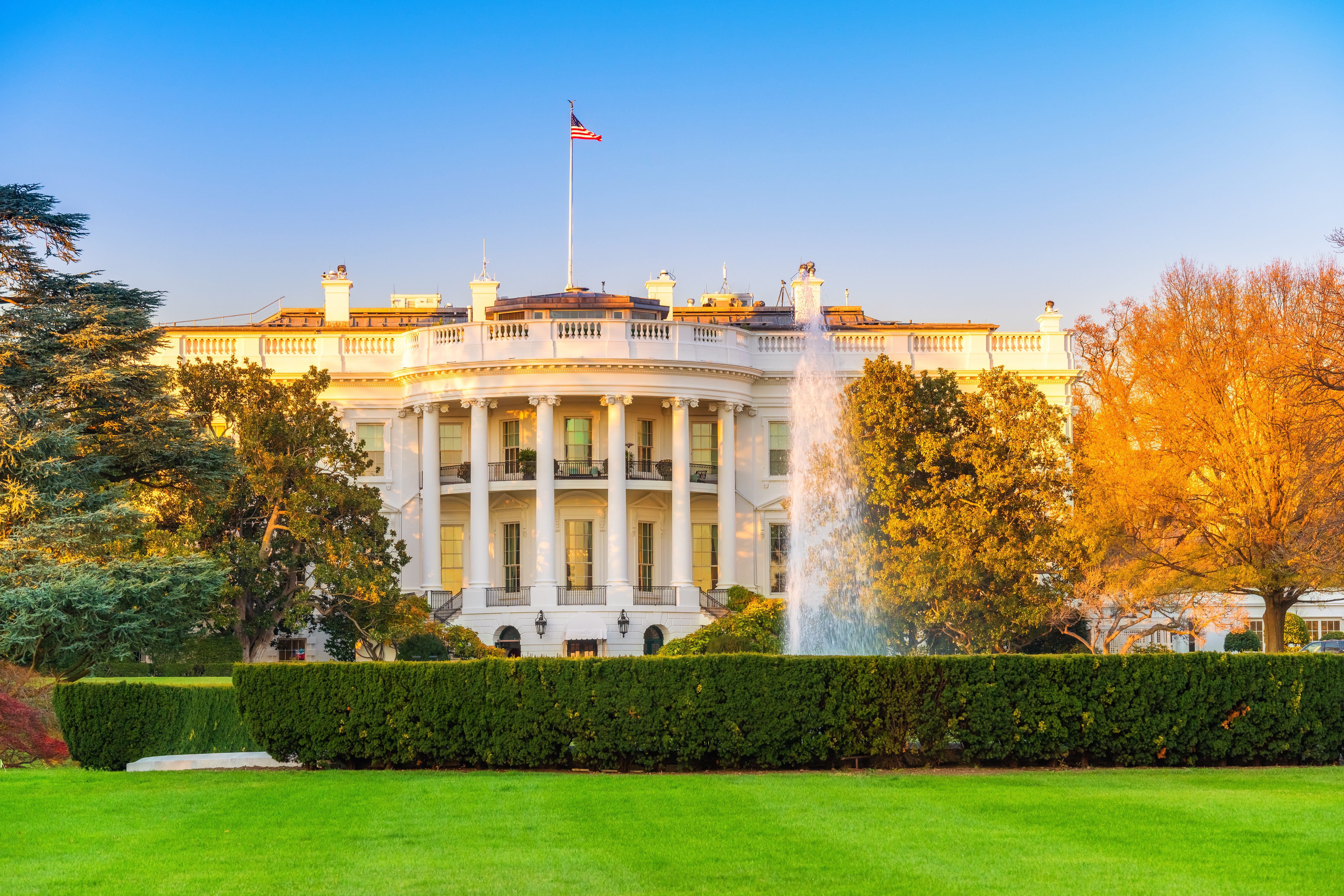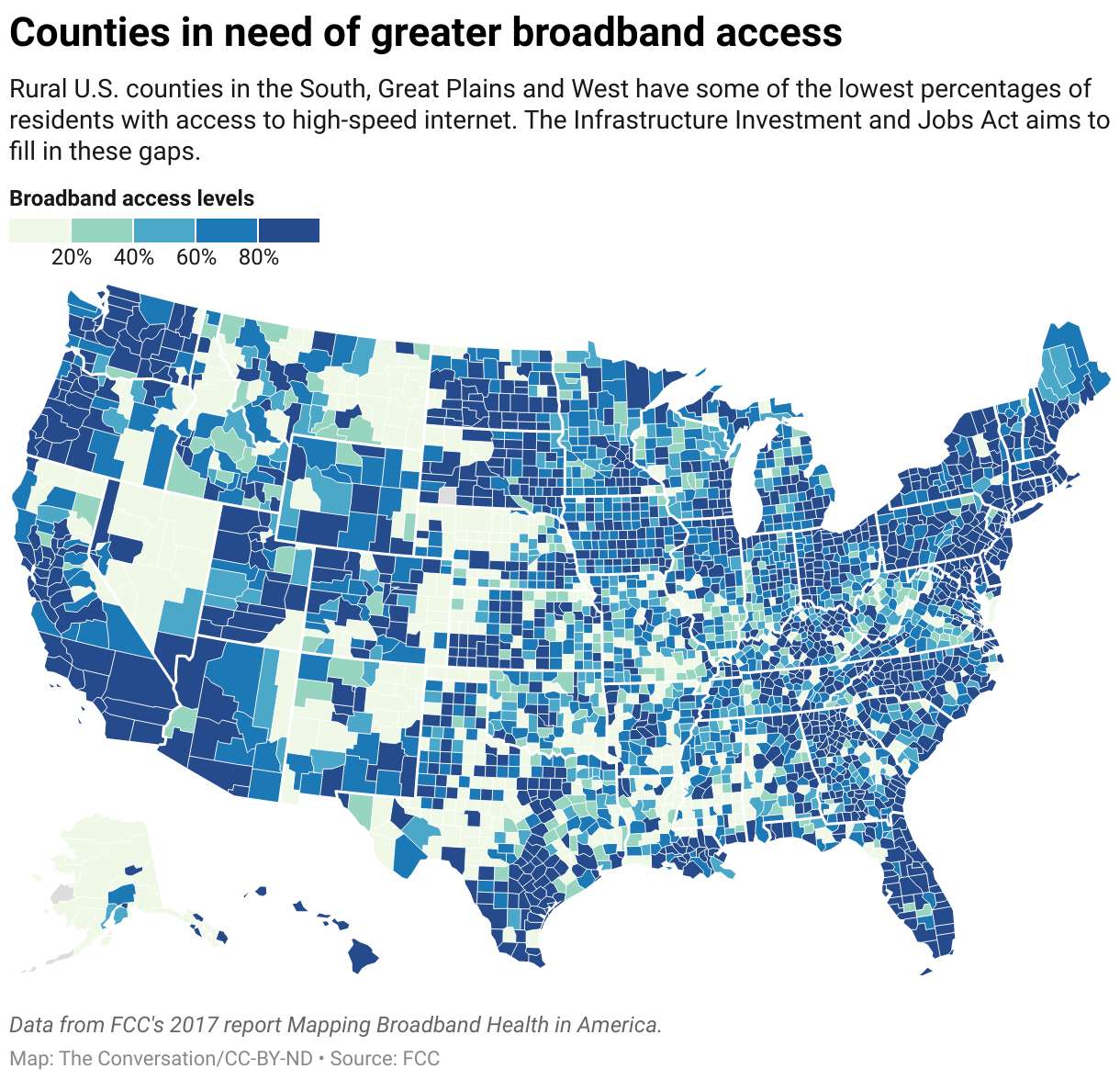
Rise of the virtual influencers. Infrastructure law: boom for broadband, bust for Bitcoin. Agencies issue AI guidelines.
Welcome to the seventh issue of Emerging Tech Law — a slightly irreverent view of regulatory developments (and other interesting stuff) relating to emerging technologies including AI, IoT, robotics, blockchain/crypto, 5G, artificial/virtual/extended reality (and the metaverse), biotech and quantum computing.
In this issue:
I, for one, welcome our new robot influencers*
New infrastructure law – boom for broadband, bust for Bitcoin
Military and health agencies provide AI guidance
Quick note: There will be no newsletter on November 29 as I take some time to do some retooling, including moving to a custom domain name that may help to unbury the newsletter from Gmail promotions folders.
The newsletter will resume the week of December 6 with a closer look at distributed autonomous organizations (DAOs). They’re becoming an increasingly popular way to organize funds and labor, but what are the legal implications of teaming up with a worldwide group of strangers?
Quote of the week:
“Drama is very important in life: You have to come on with a bang. You never want to go out with a whimper.”
-Julia Child
METAVERSE

Meet Miquela Sousa. She has 3.1 million followers on Instagram and 3.4 million followers on TikTok. She touts brands from Calvin Klein to Prada and makes an estimated $7,000 for each of her posts endorsing products.
But she’s not real. She’s a self-described “robot living in LA” – a computer generated figment of a marketer’s imagination – and she’s one of a growing number of virtual influencers. Other top virtual influencers include Knox Frost, Lu do Magalu Thalasya Pov and Bermuda.
In two years, the number of virtual influencers has tripled to about 130, and Facebook’s recent name change to Meta and its announced multi-billion-dollar investment in the metaverse – a three-dimensional virtual reality – is likely to spur even further growth.
“Virtual influencers are better suited to the role of the first inhabitants of the metaverse than anyone else,” Nick Baklanov, a marketing specialist with Hype Auditor, told AFP.
One advantage of virtual influencers, over human ones, is that they are less likely to get involved in controversies that taint the brands they promote – such as making inappropriate comments or getting in trouble with the law.
The laws that actually apply to virtual influencers are ambiguous, though.
In the U.S., the FTC provides oversight of marketing. The agency has issued guidelines for online promotions, including a 2019 guide aimed specifically at social media influencers. The guide, among requirements, makes it clear that influencers must disclose their relationships with brands, actually have used the products they promote and be truthful about their experience with a product (“If you’re paid to talk about a product and thought it was terrible, you can’t say it’s terrific.”)
“The FTC has yet to provide specific guidance for Robot influencers or companies who “hire” or create them. This has resulted in a host of unanswered questions as to how the Guides are to be applied to Robots. For instance, Robots are incapable of having feelings and beliefs in a literal sense. Nor can they ever be deemed bona fide users of the products and services they tout. How can a computer-generated image have a “personal relationship” with a company or brand?”
-Jim Masteralexis, Steve McKelvey, Keevan Statz, Harvard Journal of Sports and Entertainment Law.
The FTC’s rules would only apply, however, if the promotions from virtual influencers would mislead “reasonable consumers.”
Are consumers becoming so sophisticated that they are unlikely to be misled by virtual influencers or, as the technology becomes more sophisticated (particularly as a 3D metaverse comes into existence), will the virtual influencers be so real that they would mislead the reasonable consumer?
These are questions that the FTC will need to answer as the rise of the virtual influencers continues.
For a deeper dive: ‘New world order’: Asia’s virtual influencers offer metaverse glimpse, #IAMAROBOT: Is It Time for the Federal Trade Commission to Rethink Its Approach to Virtual Influencers in Sports, Entertainment, and the Broader Market? Harvard Journal of Sports and Entertainment Law, FTC’s Disclosures 101 for Social Media Influencers.
TELECOM AND CRYPTO
The new infrastructure law

President Biden signed the new $1 trillion infrastructure law last week, providing a boost to broadband connectivity and an additional burden on the cryptocurrency industry.
Telecom: The infrastructure law allocates over $60 billion toward broadband connectivity programs including the following:
· $42 billion allocated to the states for providing broadband service to underserved and unserved areas.
· $2.75 billion in additional funds to encourage broadband service in underserved areas.
· $2 billion to encourage broadband and digital services, such as telemedicine, in tribal lands.
· $1 billion to build out connections between Internet service providers.
· $14 billion for the FCC to its Affordable Connectivity Program, which provides funding for broadband service providers based on purchases of services and equipment by eligible customers.

“In the law, Congress finally recognizes that “access to affordable, reliable, high-speed broadband is essential to full participation in modern life in the United States,” wrote professor Hernan Galperin of USC. “In other words, broadband access is like access to running water or electricity. (“Infrastructure law: High-speed internet is as essential as …”) It is essential infrastructure, the lack of which is a barrier to economic competitiveness and the “equitable distribution of essential public services, including health care and education.”
Crypto: The infrastructure bill imposes new reporting requirements on cryptocurrency exchanges, which will now have to notify the IRS of crypto transactions.
“The bill will signify the end of hiding many gains for many crypto investors,” Grant Maddox, a financial planner told Time Magazine.
A bi-partisan group of members of the House has already introduced legislation – called the Keep Innovation in America Act – to try to narrow the infrastructure law’s effect on crypto transactions. One concern is that the report provided by crypto exchanges may be inaccurate because investors are often moving funds into and out of private crypto storage “wallets” that they control.
The reporting requirements “threaten to push innovators and entrepreneurs overseas,” said Ohio Democrat Tim Ryan in a statement. “This would leave the U.S. as a passive observer of a rapidly evolving industry. On the other hand, we can fix these poorly constructed standards and ensure they are compatible with how this new technology actually works.”
For a deeper dive: Infrastructure Investment and Jobs Act, Infrastructure law: High-speed internet is as essential as water and electricity, US Congressmen Introduce Bill to Modify Crypto Tax Provision in Infrastructure Law.
ARTIFICIAL INTELLIGENCE

Guidelines for AI and Machine Learning
Agencies release guidelines for development of AI/ML applications: In what seems like an odd coincidence, the U.S. military released guidelines for AI development within a few days of the release of guidelines covering the same subject by the U.S. FDA and healthcare agencies serving Canada and the U.K.
The two sets of guidelines bear little resemblance to each other.
The military guidelines – “Responsible AI Guidelines in Practice” issued by the Defense Innovation Unit of the Department of Defense – are a series of questions covering three phases of a product lifecycle: planning, development and implementation. They were released more than 18 months after the DoD issued its Ethical Principles for AI Development.
Examples of the new DoD guidelines include:
Have you clearly defined tasks, quantitative performance metrics, and a baseline against which to evaluate system performance?
Have you created a plan to prevent the intentional or unintentional manipulation of data or model outputs and identified who is responsible for implementing this plan? Lay out your plan.
Are data inputs qualitatively and quantitatively assessed and protected against interference/manipulation?
In contrast, the guidelines issued by the FDA, Health Canada and the U.K.’s Medicines and Healthcare products Regulatory Agency provide higher-level principles for AI/ML development such as:
Multi-Disciplinary Expertise Is Leveraged Throughout the Total Product Life Cycle: In-depth understanding of a model’s intended integration into clinical workflow, and the desired benefits and associated patient risks, can help ensure that ML enabled medical devices are safe and effective and address clinically meaningful needs over the lifecycle of the device.
Training Data Sets Are Independent of Test Sets: Training and test datasets are selected and maintained to be appropriately independent of one another. All potential sources of dependence, including patient, data acquisition, and site factors, are considered and addressed to assure independence.
Focus Is Placed on the Performance of the Human-AI Team: Where the model has a “human in the loop,” human factors considerations and the human interpretability of the model outputs are addressed with emphasis on the performance of the Human-AI team, rather than just the performance of the model in isolation.
Both the healthcare agencies and the military agree on the critical role AI will play.
“With artificial intelligence and machine learning progressing so rapidly, our three regulatory agencies, together, see a global opportunity to help foster good machine learning practice by providing guiding principles that we believe will support the development and maturation of good machine learning practice,” said the FDA’s Bakul Patel, in a statement. “This will help stakeholders to advance device development, which has the potential to significantly improve the quality of patient care and transform health care.”

Rise of the
Virtual Influencers
The DoD guidelines have received criticism for having been developed without the meaningful input of dissenting voices and for failing to be more specific.
One idea is to engage outside auditors with the proper clearance to ensure that the guidelines are being followed, according to Margaret Mitchell, Margaret Mitchell, an AI researcher, who co-led Google’s Ethical AI team before being forced out of the company.
“Employees need some guarantee that guidelines are being interpreted as they expect,” Mitchell told the MIT Technology Review.
For a deeper dive: DoD’s Ethical Principles for AI Development, DoD’s Responsible AI Guidelines in Practice, Good Machine Learning Practice for Medical Device Development: Guiding Principle, The Department of Defense is issuing AI ethics guidelines for tech contractors.
ALSO NOTEWORTHY

· After China cracked down on crypto earlier this year, Texas has become a hub for crypto mining, but the power-intensive process is causing concerns about its potential strain on the state’s power grid.
· A group of crypto investors raised $47 million, but the group failed in its effort to buy a rare first printing of the U.S. Constitution.
· GPU and chipmaker NVIDIA announced plans to build a supercomputer that can be used to create a high-resolution “digital twin” of the earth that can be used to create accurate models of climate change to help mitigate global warming.
Parting Thought:
“Fall in love with some activity, and do it! Nobody ever figures out what life is all about, and it doesn’t matter. Explore the world. Nearly everything is really interesting if you go into it deeply enough. Work as hard and as much as you want to on the things you like to do the best.”
-Richard Feynman, physicist / Nobel Prize winner
Obligatory disclaimer: Any opinions are those of the cited source or the author of this newsletter, not the author’s employer. If for some reason you think any legal advice is given in this newsletter, you’re sadly mistaken.